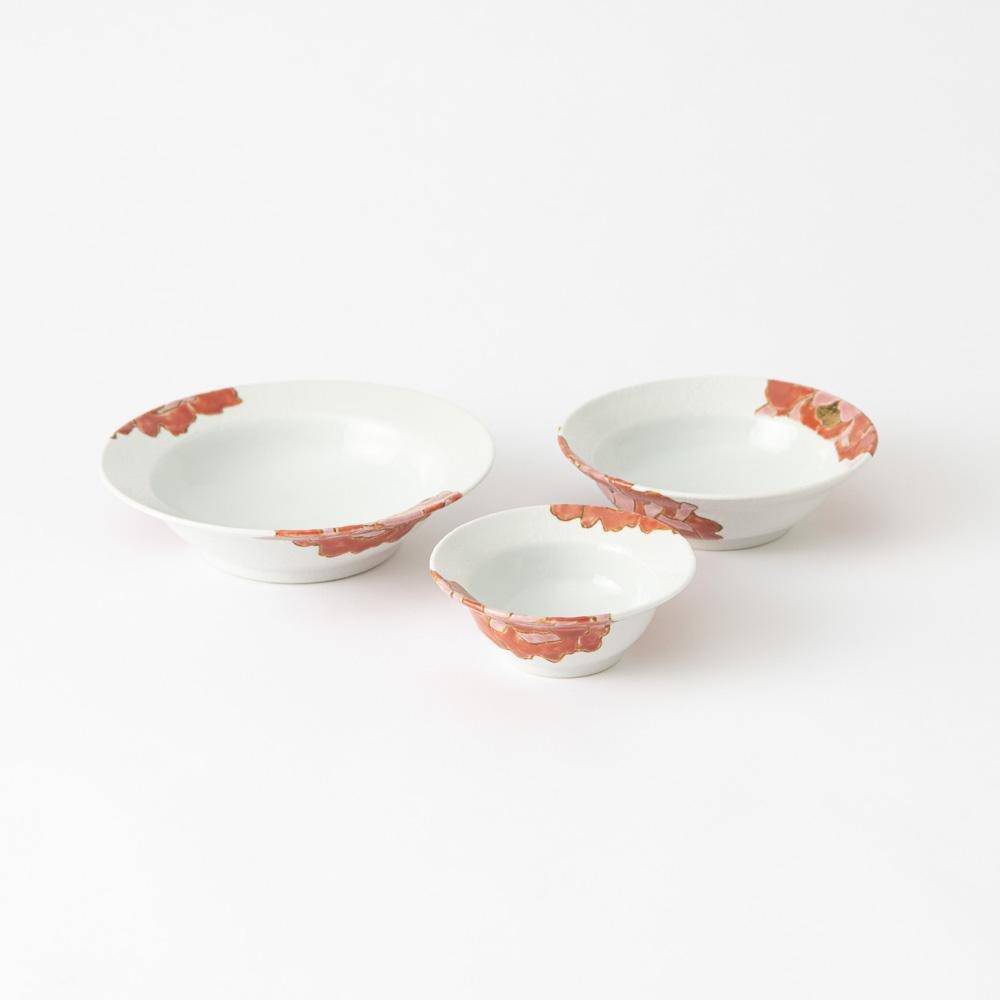
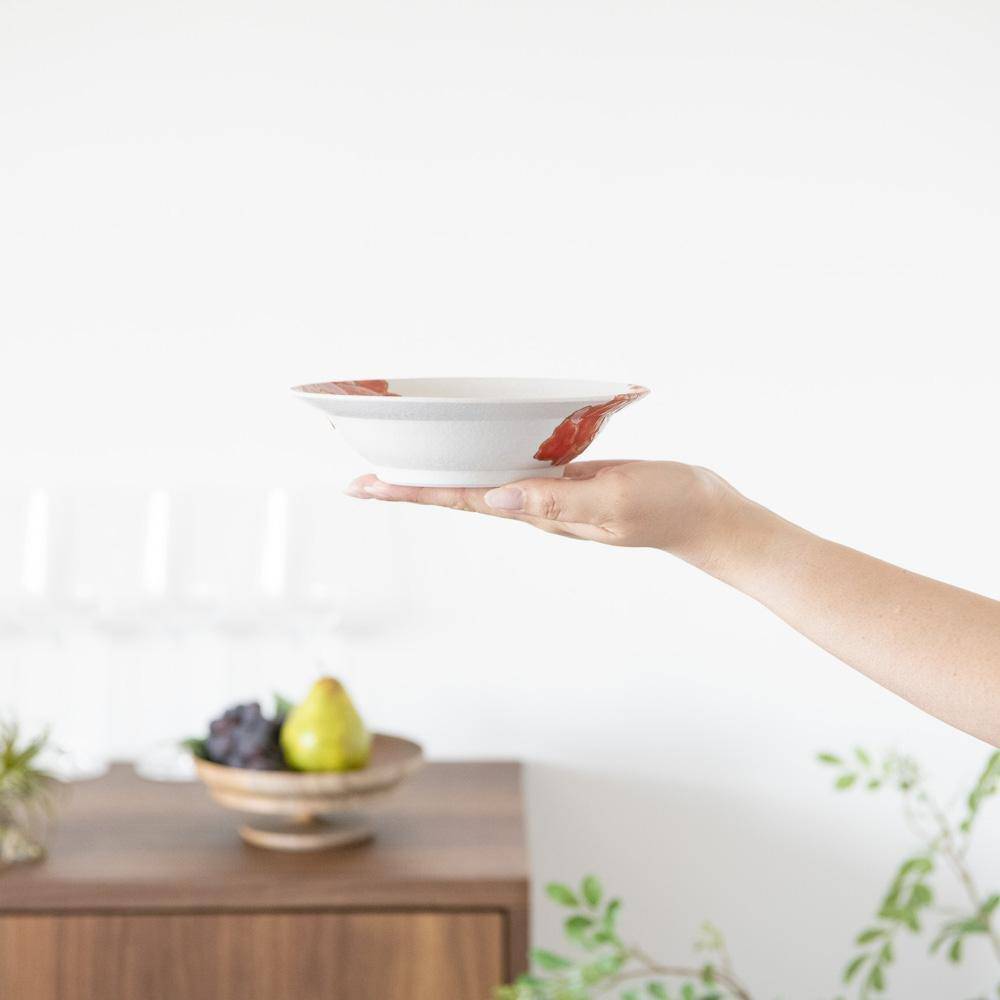
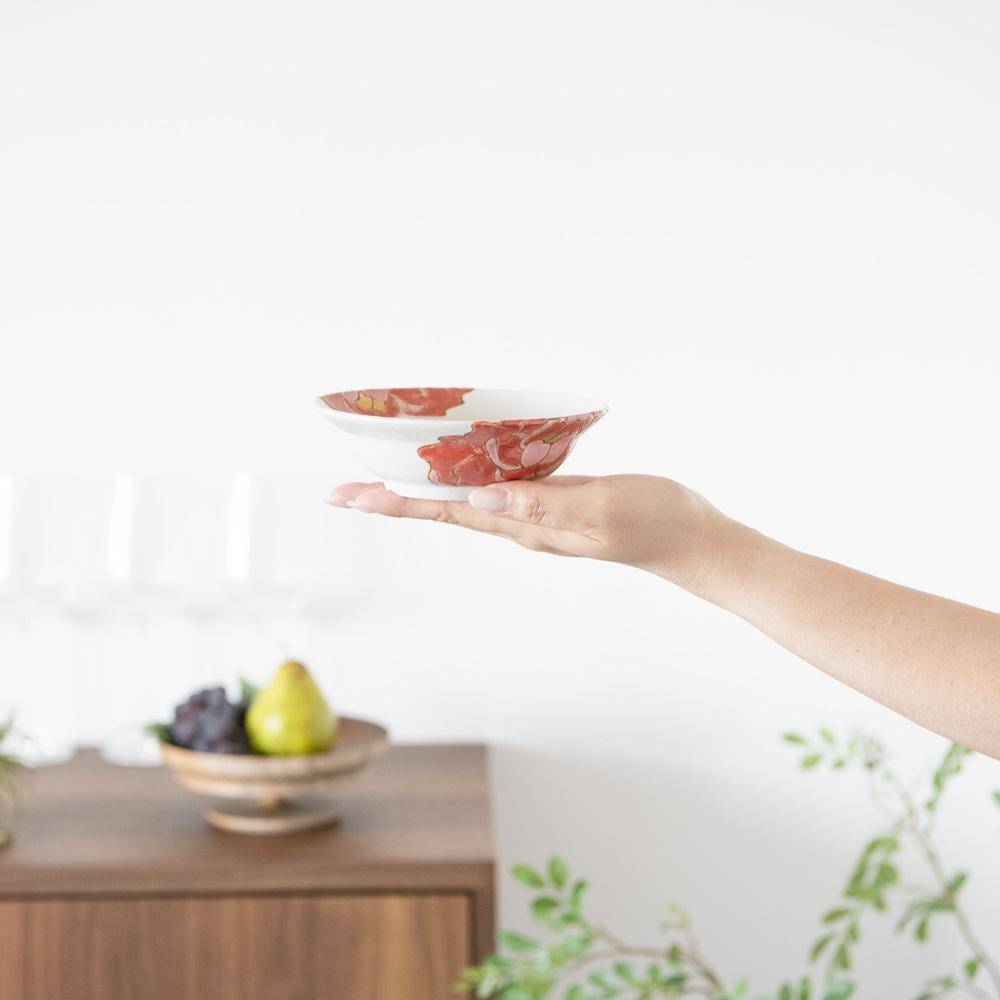
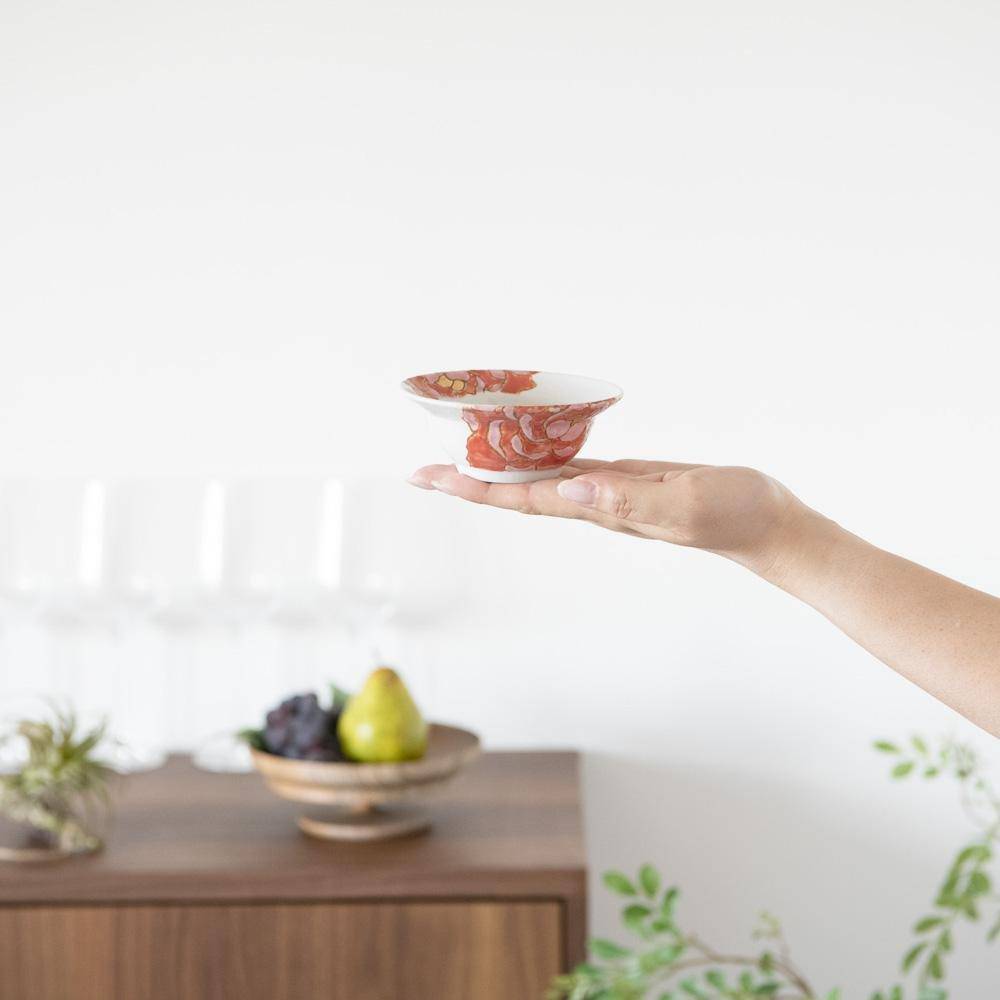

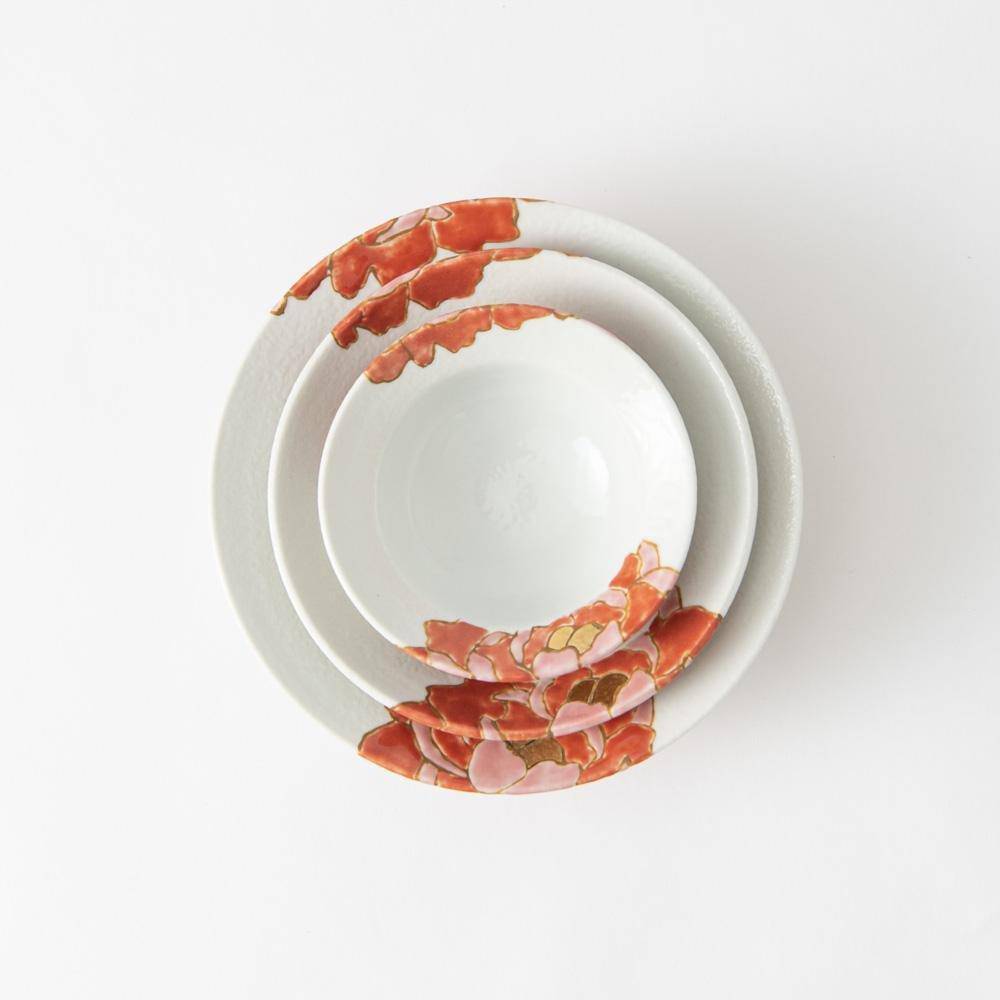
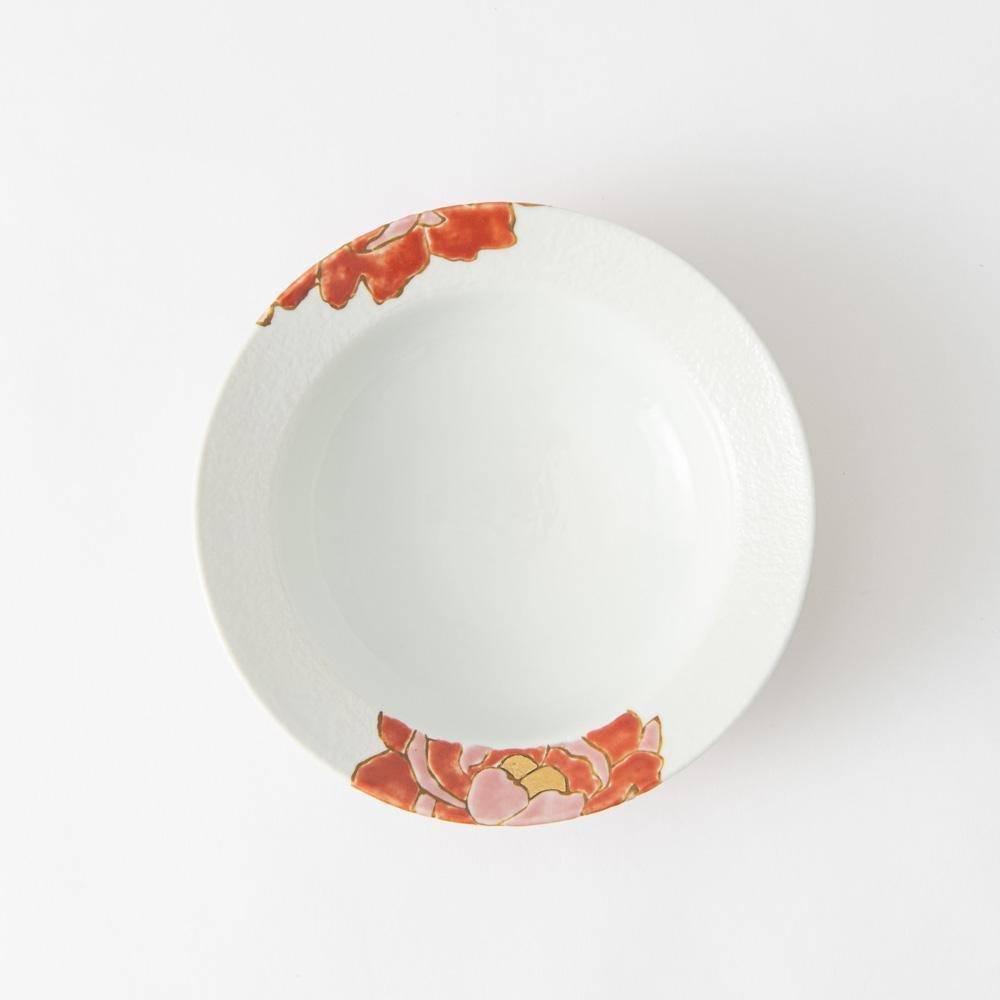
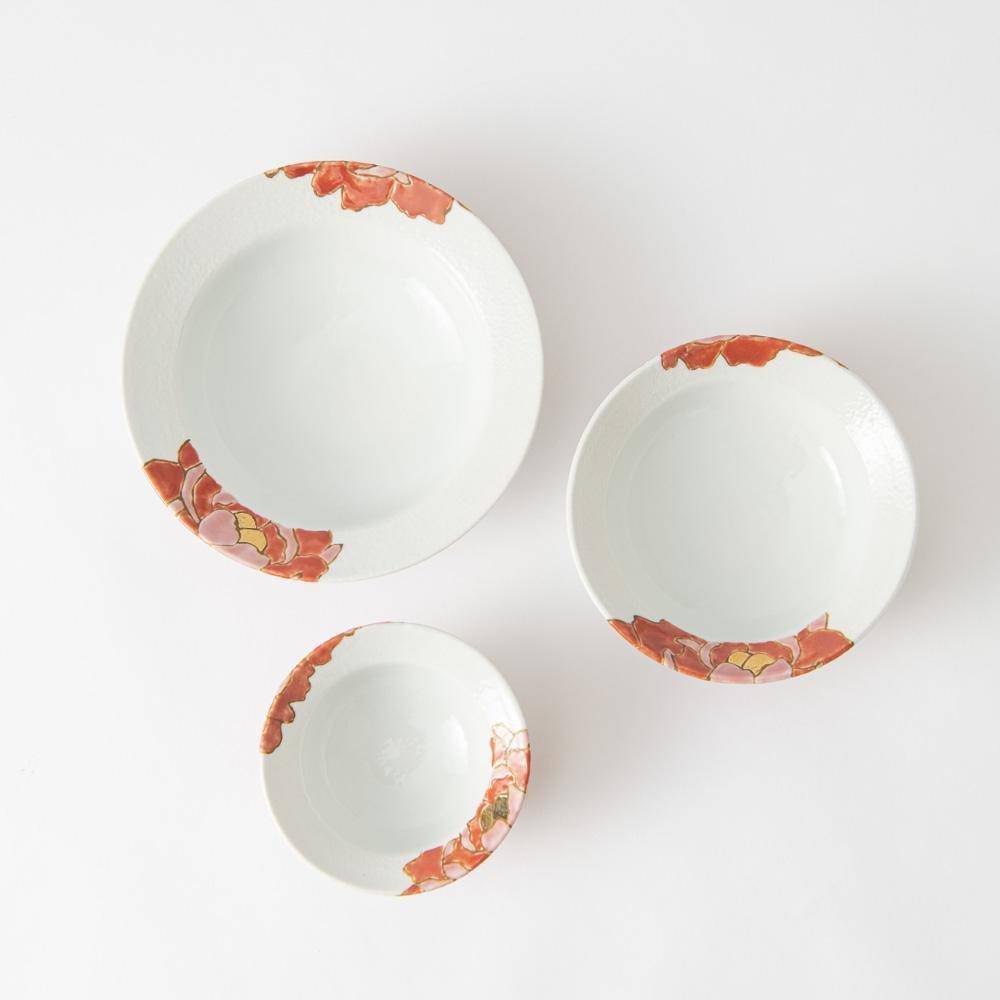
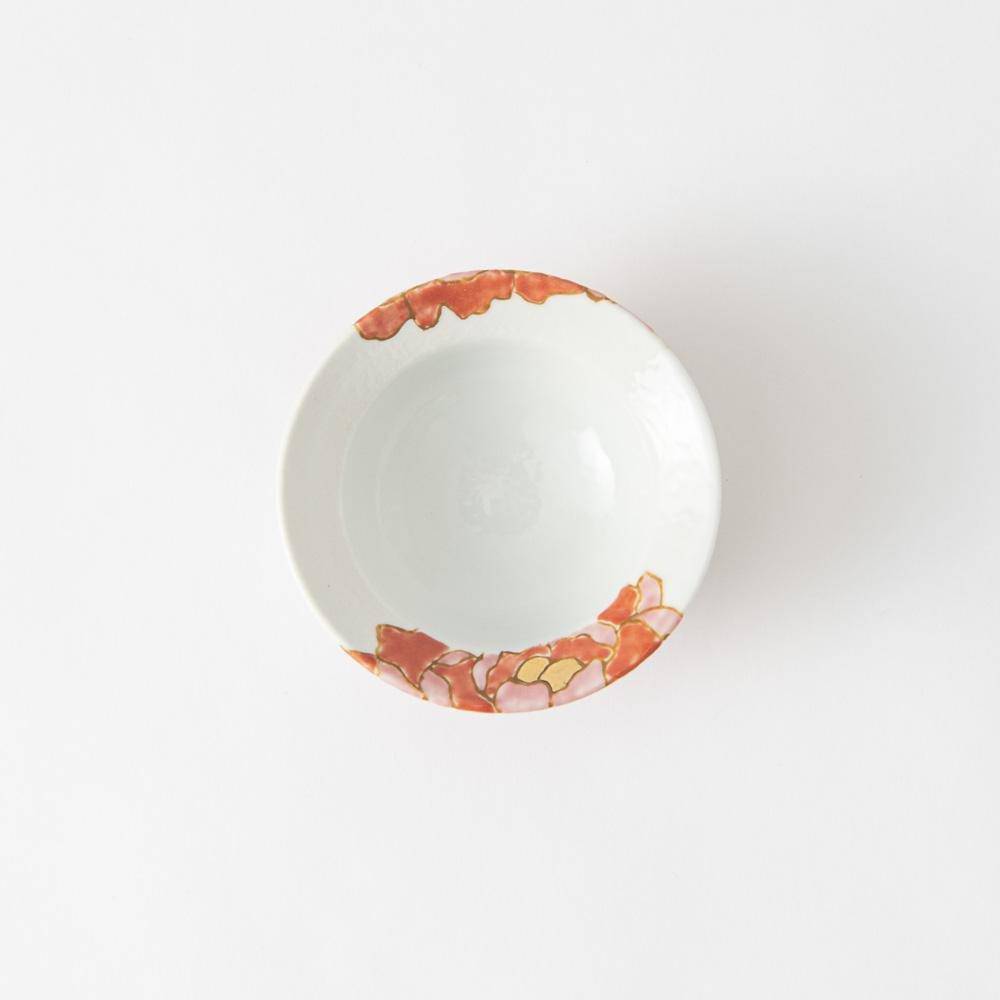
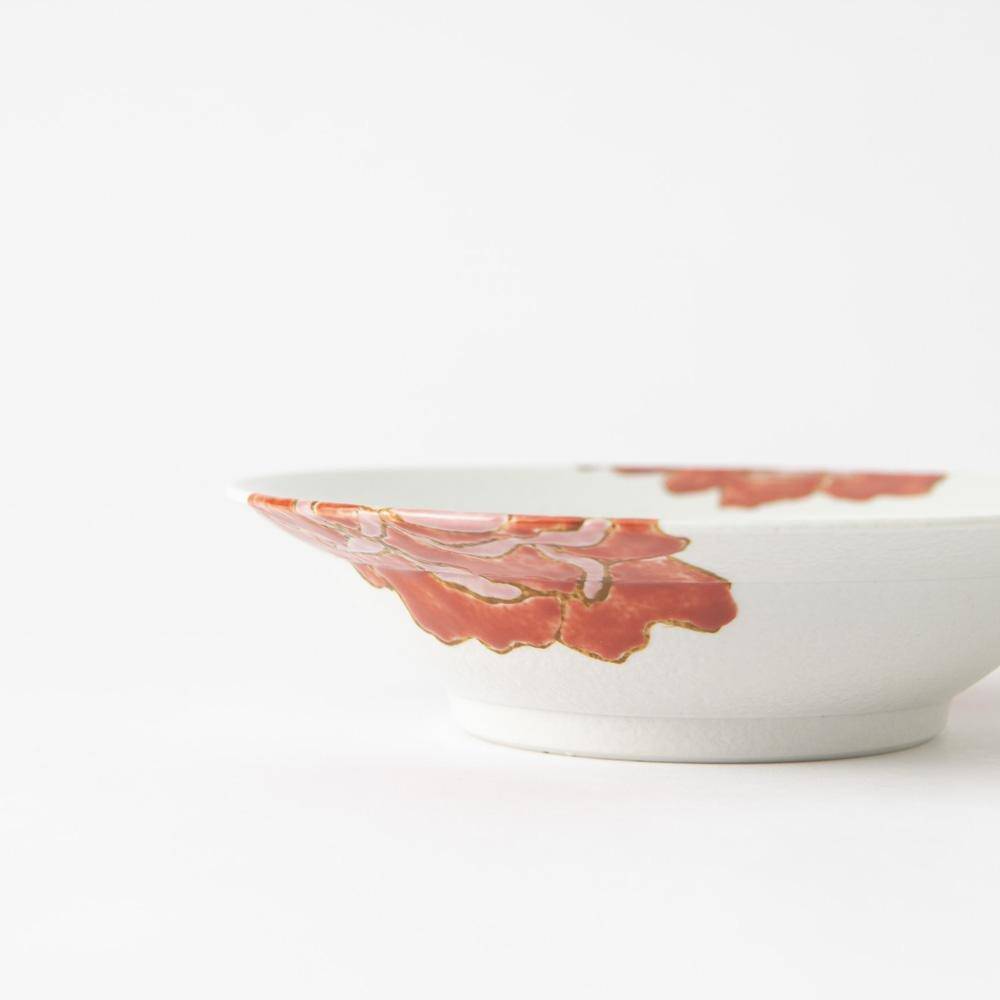
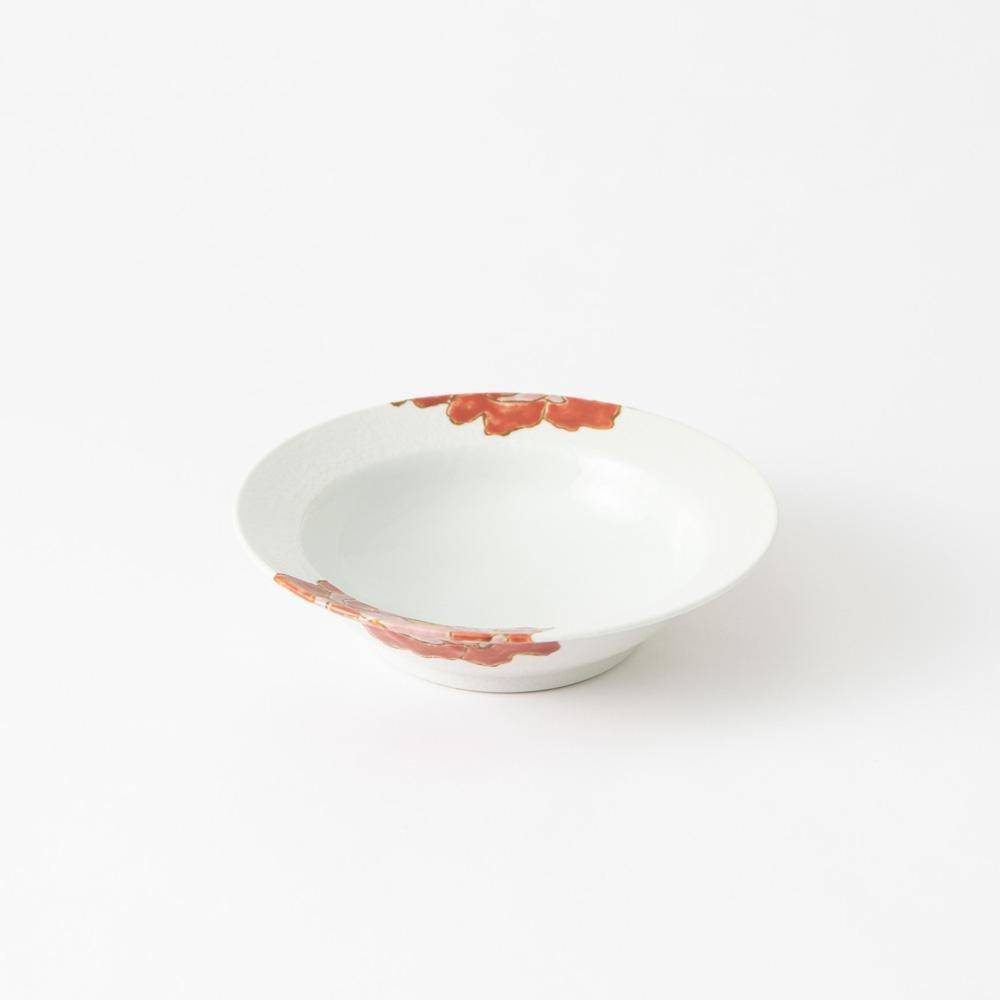
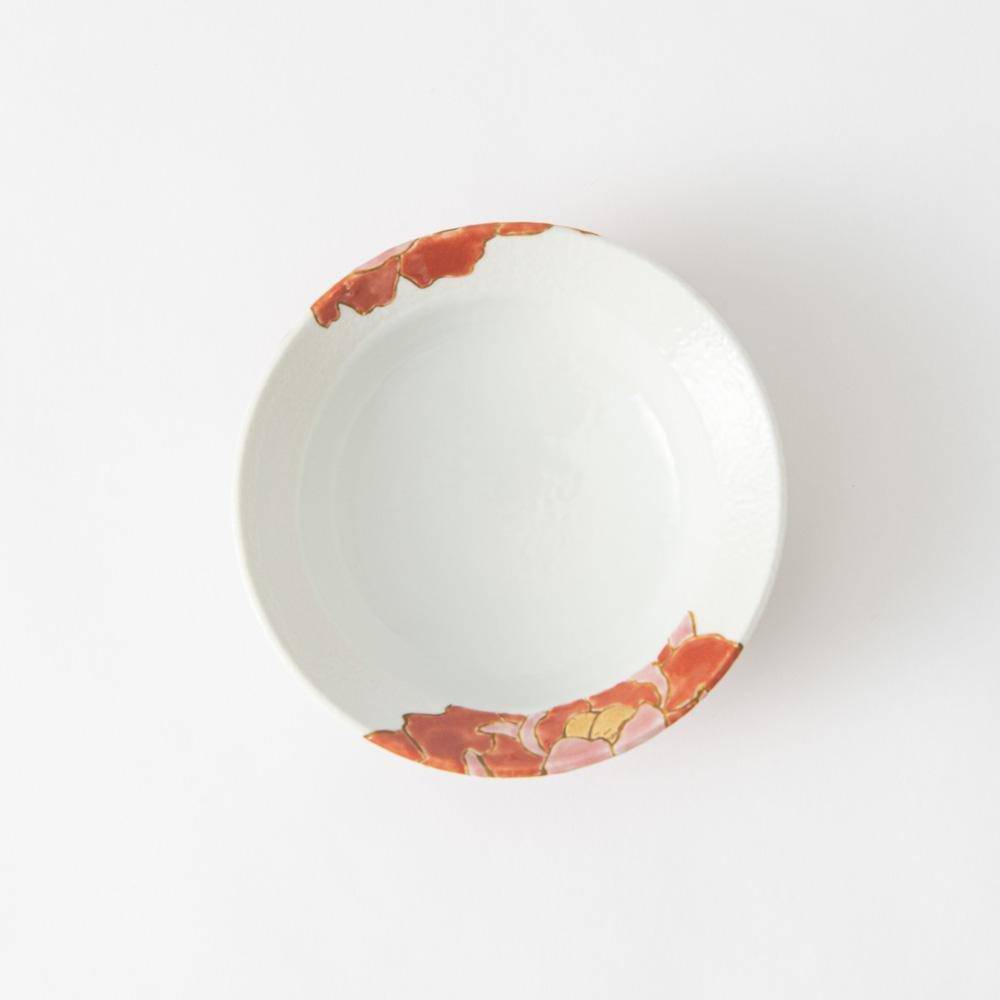
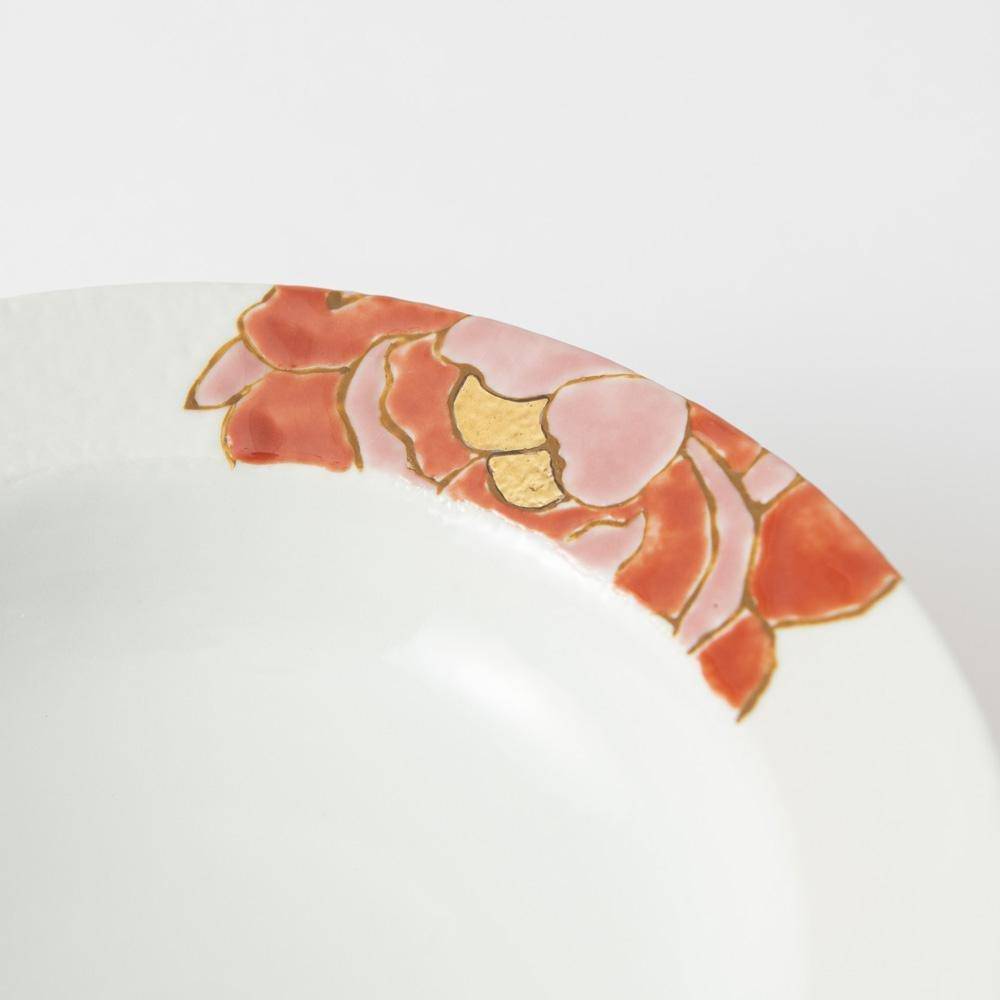
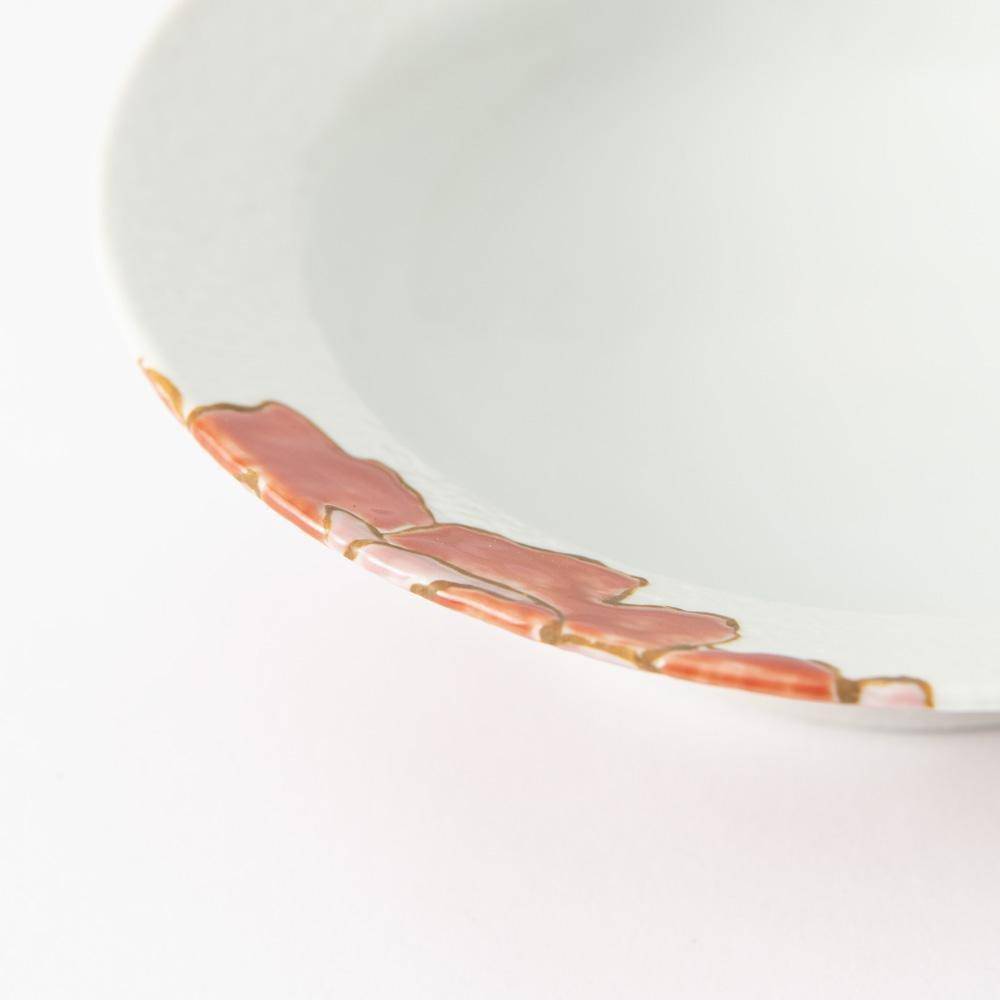

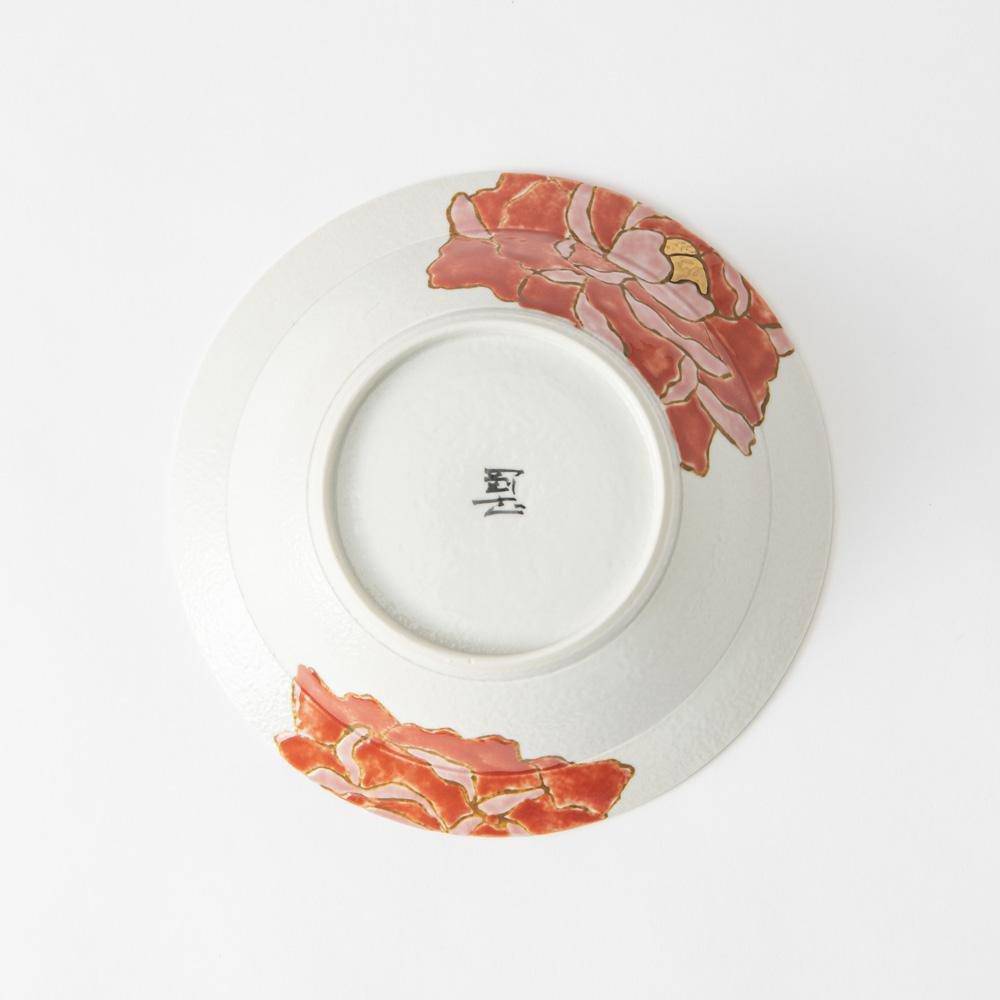
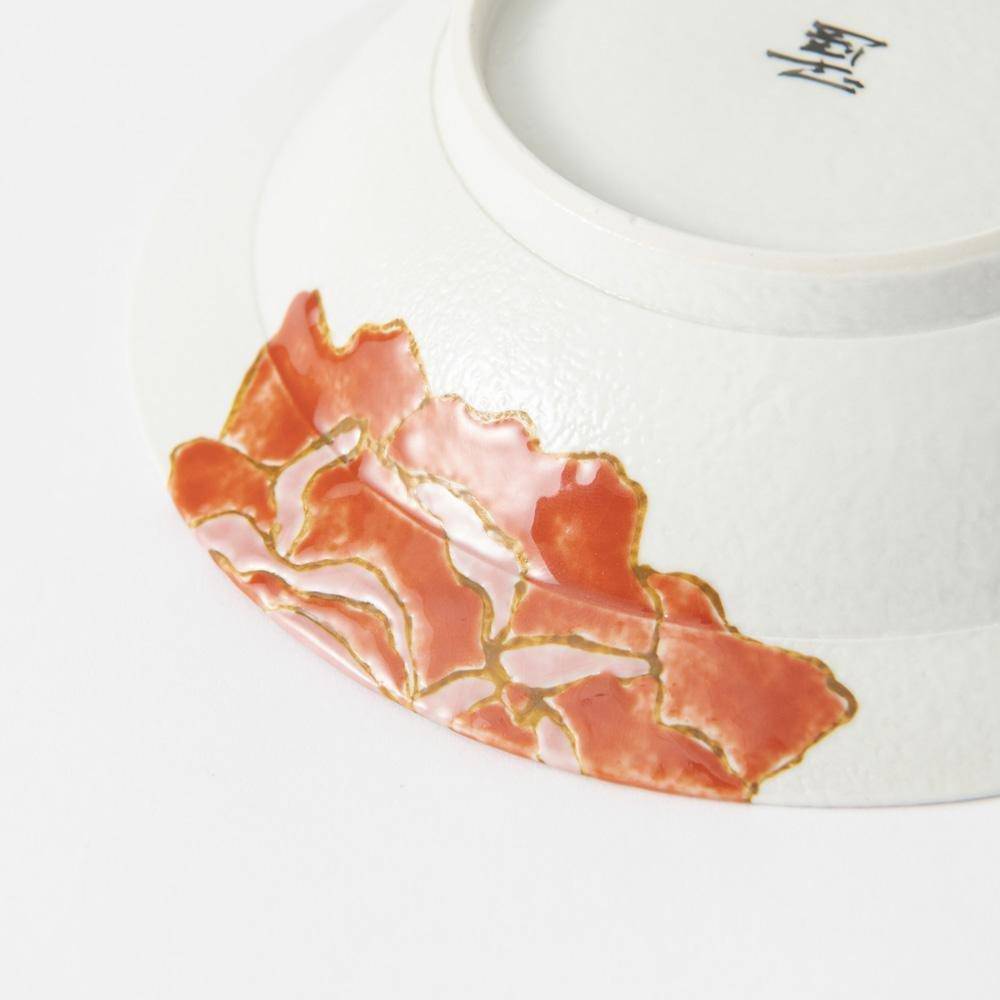
Souraku-An Red Peony Bowl Set B
Estimated Shipping Widget will be displayed here!
This gorgeous Japanese bowl set adorned with a bright red peony is made by Mr. Tsuyoshi Sato, a Kutani ware artisan known for his use of bright colors and florals.
With brush painting, which is a characteristic of Kutani ware, a thick peony motif is drawn as if it bloomed on the rim and outer surface, and the center is decorated with gold leaf.
The simple, modern and bright design with rims complements any dish.
The small bowl is perfect for serving a small amount of side dishes for one person, and the medium bowl is suitable for appetizers or fruits. The large bowl is perfect for Nimono (Simmered food), soup, desserts, etc.
This set is also available in blue color. See more items from Souraku-An Peony collection.
PRODUCT DETAIL
- Quantity: Set of 3 bowls
- Dimension: D18cm (7.08in)/ D14.5cm (5.7in)/D11cm (4.33in)
- Material: Porcelain - Kutani ware
- Origin: Made in Japan
- Brand: Souraku-An
Choose options

















Estimated Shipping Widget will be displayed here!
International Shipping
Multiple International Shipping Options
Discounted shipping for over 500000!
Free shipping for over 5000000!
Insured shipping service
Full compensation for any damage during transit.
Made by Japanese craftsmen
Fair Pricing, free Furoshiki wrapping!

